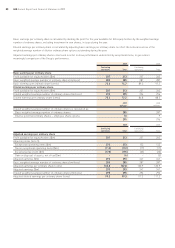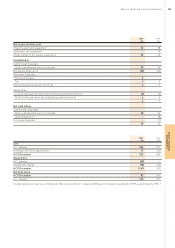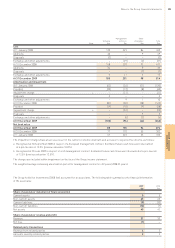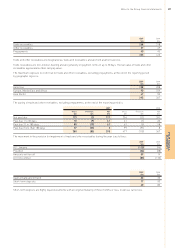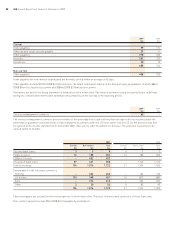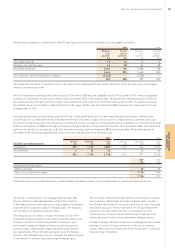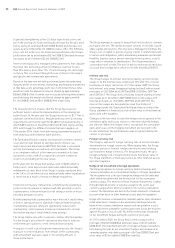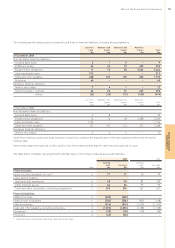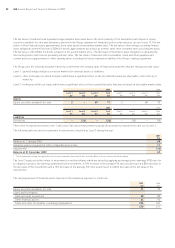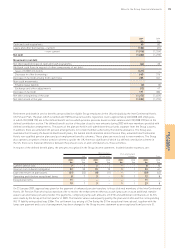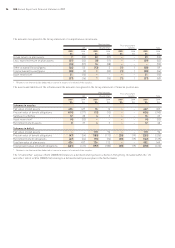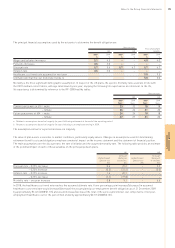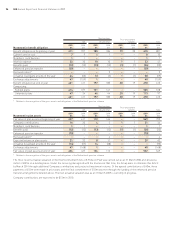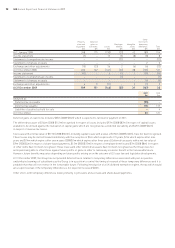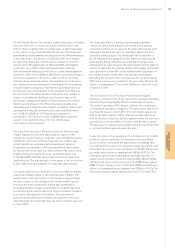Holiday Inn 2009 Annual Report Download - page 91
Download and view the complete annual report
Please find page 91 of the 2009 Holiday Inn annual report below. You can navigate through the pages in the report by either clicking on the pages listed below, or by using the keyword search tool below to find specific information within the annual report.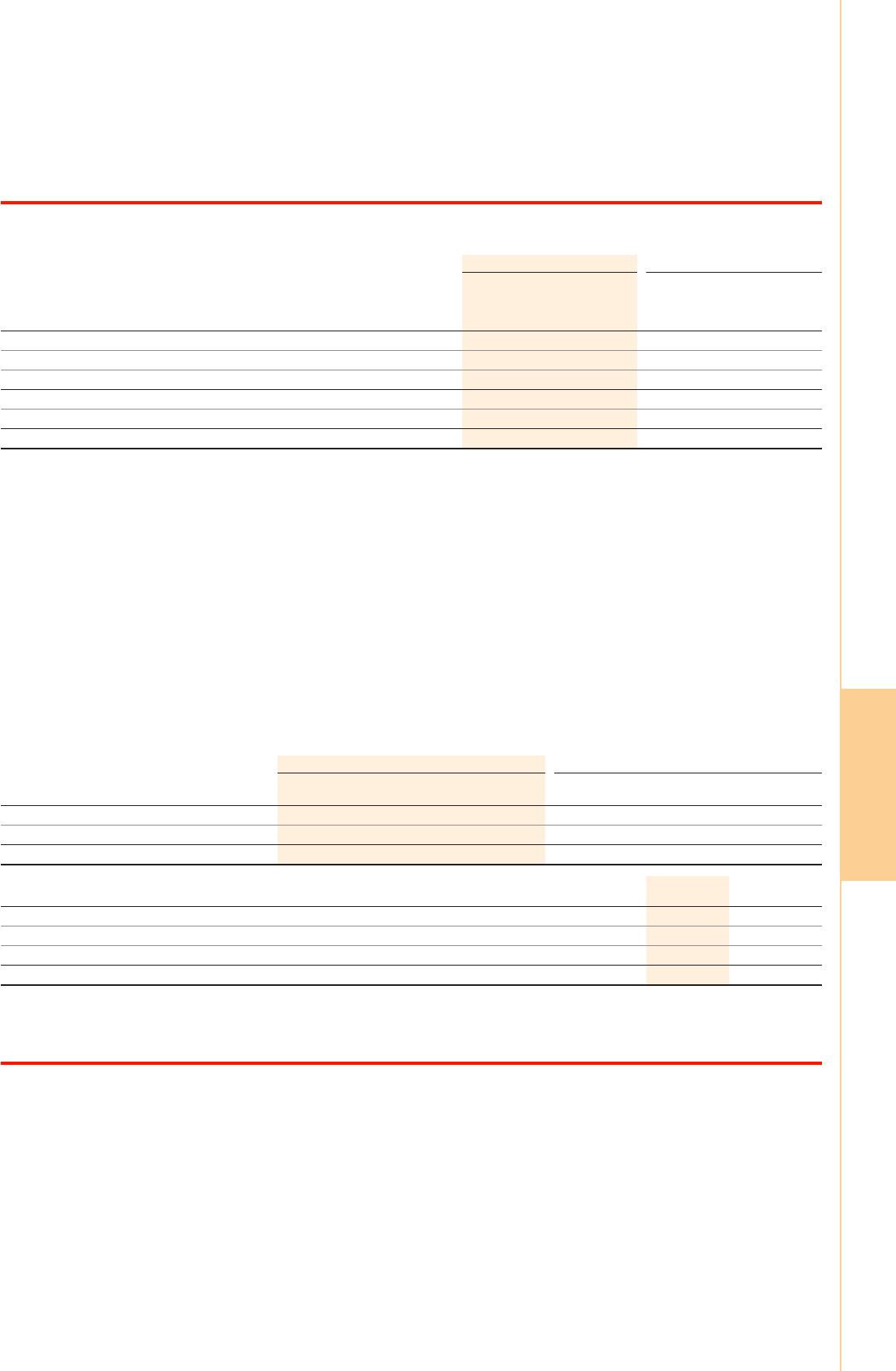
GROUP FINANCIAL
STATEMENTS
Notes to the Group financial statements 89
21 Loans and other borrowings continued
Finance leases
Finance lease obligations, which relate to the 99-year lease on the InterContinental Boston, are payable as follows:
2009 2008
Minimum Present Minimum Present
lease value of lease value of
payments payments payments payments
$m $m $m $m
Less than one year 16 16 16 16
Between one and five years 64 48 64 48
More than five years 3,364 140 3,380 138
3,444 204 3,460 202
Less: amount representing finance charges (3,240) – (3,258) –
204 204 202 202
The Group has the option to extend the term of the lease for two additional 20-year terms. Payments under the lease step up at regular
intervals over the lease term.
£250m 6% bonds
The 6% fixed interest sterling bonds were issued on 9 December 2009 and are repayable in full on 9 December 2016. Interest is payable
annually on 9 December in each year commencing 9 December 2010 to the maturity date. The bonds were initially priced at 99.465% of
face value and are unsecured. Currency swaps were transacted at the same time the bonds were issued in order to swap the proceeds
and interest flows into US dollars. Under the terms of the swaps, $415m was borrowed and £250m deposited for seven years at a fixed
exchange rate of 1.66.
Unsecured bank loans
Unsecured bank loans are borrowings under the Group’s Syndicated Facility and its short-term bilateral loan facilities. Amounts are
classified as non-current when the facilities have more than 12 months to expiry. These facilities contain financial covenants and, as at
the end of the reporting period, the Group was not in breach of these covenants, nor had any breaches or defaults occurred during the year.
In the second quarter of 2008, the Group successfully refinanced $2.1bn of long-term debt facilities. At 31 December 2009, this syndicated
bank facility consists of two tranches; a $1.6bn five-year revolving credit facility and an $85m term loan with a 30-month maturity. In
December 2009, the Group repaid $415m of the term loan with proceeds from the bond issue.
2009 2008
Utilised Unutilised Total Utilised Unutilised Total
Facilities provided by banks $m $m $m $m $m $m
Committed 519 1,174 1,693 1,161 946 2,107
Uncommitted 32225 –2525
522 1,196 1,718 1,161 971 2,132
2009 2008
$m $m
Unutilised facilities expire:
Within one year 22 25
After two but before five years 1,174 946
1,196 971
Utilised facilities are calculated based on actual drawings and may not agree to the carrying value of loans held at amortised cost.
22 Financial risk management policies
Overview
The Group’s treasury policy is to manage financial risks that
arise in relation to underlying business needs. The activities
of the treasury function are carried out in accordance with Board
approved policies and are subject to regular audit. The treasury
function does not operate as a profit centre.
The treasury function seeks to reduce the financial risk of the
Group and manages liquidity to meet all foreseeable cash needs.
Treasury activities include money market investments, spot
and forward foreign exchange instruments, currency options,
currency swaps, interest rate swaps and options and forward
rate agreements. One of the primary objectives of the Group’s
treasury risk management policy is to mitigate the adverse impact
of movements in interest rates and foreign exchange rates.
Market risk exposure
The US dollar is the predominant currency of the Group’s revenue
and cash flows. Movements in foreign exchange rates can affect
the Group’s reported profit, net assets and interest cover. To hedge
translation exposure, wherever possible, the Group matches the
currency of its debt (either directly or via derivatives) to the
currency of its net assets, whilst maximising the amount of US
dollars borrowed to reflect the predominant trading currency.
Foreign exchange transaction exposure is managed by the forward
purchase or sale of foreign currencies or the use of currency
options. Most significant exposures of the Group are in currencies
that are freely convertible.



